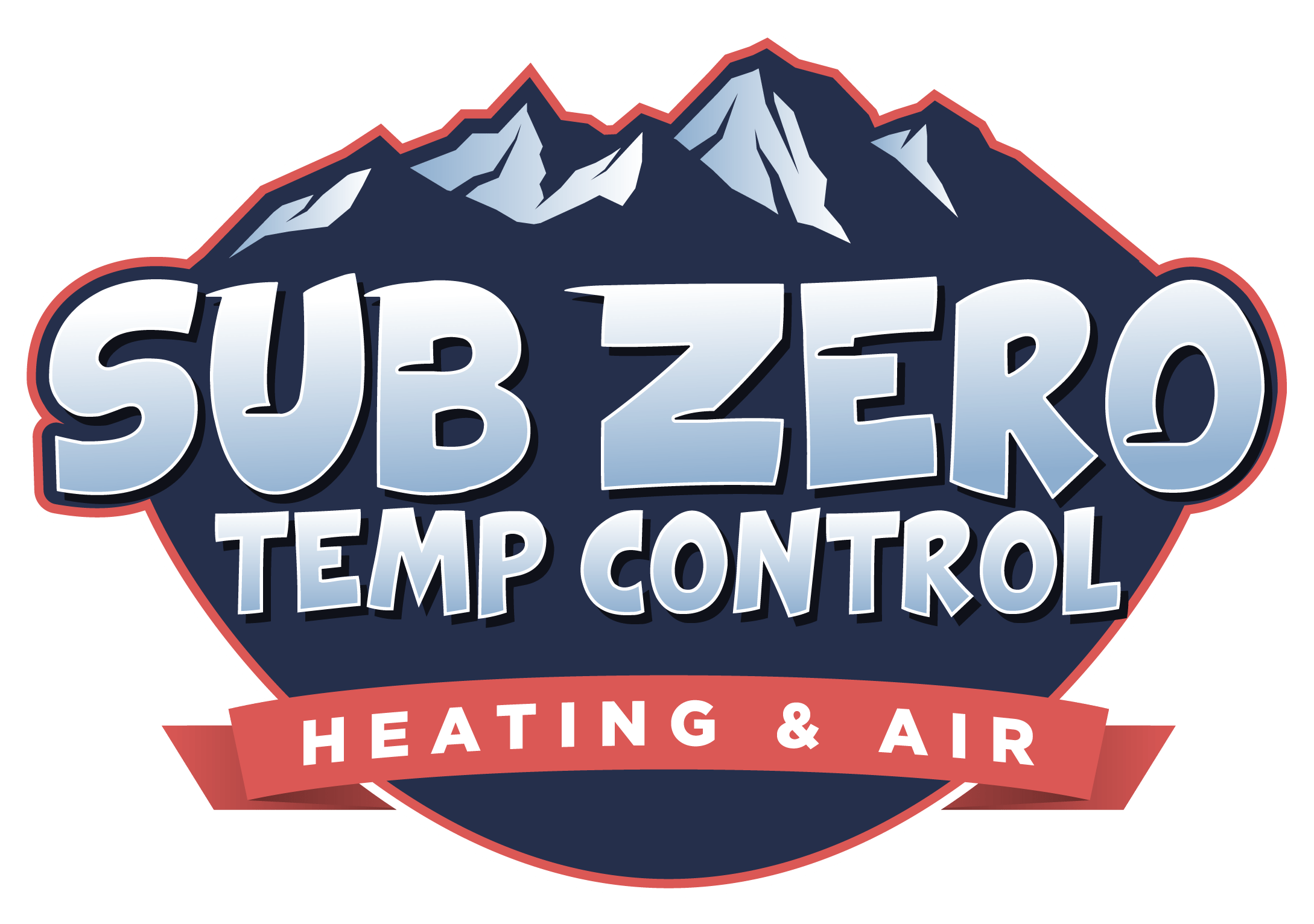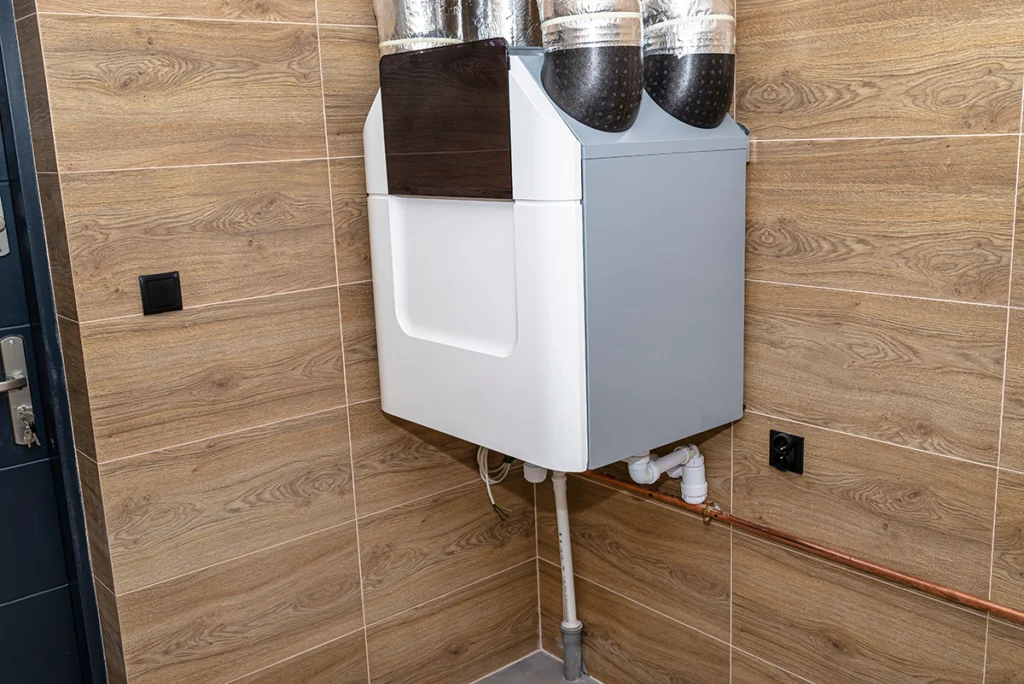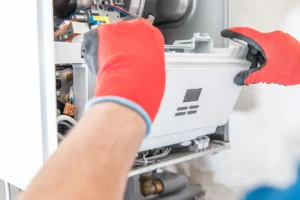If you’ve ever wished your home felt fresher without throwing money away on wasted energy, a heat recovery ventilator might be exactly what you need. At Sub Zero Temp Control, we’ve seen firsthand how these systems help homeowners breathe cleaner air while cutting down on heating and cooling costs. It’s one of those upgrades that quietly does a lot of heavy lifting—improving comfort, air quality, and energy efficiency all at once.
What Is a Heat Recovery Ventilator and How Does It Work?
In simple terms, a heat recovery ventilator (HRV) is a device that exchanges stale indoor air for fresh outdoor air—without letting all your heat (or cool air) escape. It’s a smart, energy-efficient ventilation system designed to keep your home’s air healthy and balanced.
Here’s the short version of how it works: as warm, stale air leaves your home, it passes through a heat exchanger. At the same time, fresh outdoor air comes in through a separate channel. The two air streams never mix, but heat from the outgoing air transfers to the incoming air. That means you get fresh, pre-warmed air in the winter—or cooler air in the summer—without your HVAC system working overtime.
If you’ve heard of energy recovery ventilators (ERVs), they’re similar in concept but also manage moisture transfer. To understand the difference between the two, take a look at our related post on what an ERV is and how it improves air quality.
Why a Heat Recovery Ventilator Makes Sense for Modern Homes
Today’s homes are sealed up tighter than ever for energy efficiency. That’s great for your utility bill, but not so great for ventilation. Without proper airflow, indoor pollutants like dust, moisture, VOCs, and carbon dioxide can build up fast. That’s where the heat recovery ventilator comes in—it constantly exchanges air to prevent that “stale house” feeling and keeps humidity balanced.
According to the U.S. Department of Energy, HRVs can recover up to 70–80% of the heat from exhaust air. That’s energy you’ve already paid for going right back into your home instead of out the vent. In some climates, the difference in efficiency is significant enough to noticeably lower your monthly energy costs.
For larger or more complex HVAC systems, other technologies like an energy recovery wheel operate on the same principle—capturing and reusing heat that would otherwise be lost. Both methods help homes and businesses boost energy efficiency while improving indoor comfort.
Key Benefits of Installing a Heat Recovery Ventilator
1. Improved Indoor Air Quality
A heat recovery ventilator continuously brings in filtered outdoor air while removing pollutants, allergens, and odors. You’ll notice fresher, cleaner air—especially during the months when opening windows isn’t practical.
2. Greater Energy Efficiency
Because the HRV transfers heat from outgoing air, your furnace or air conditioner doesn’t have to run as long to maintain a comfortable temperature. That saves energy—and money—year-round.
3. Balanced Humidity
In many regions, humidity swings can cause condensation, mold, or dry indoor air. A heat recovery ventilator helps stabilize humidity levels, which protects both your comfort and your home’s structure.
4. Less Strain on HVAC Equipment
When your air is well-balanced, your HVAC system doesn’t need to cycle as frequently. Over time, that can extend the life of components like your blower motor and heat exchanger.
When Should You Consider Adding a Heat Recovery Ventilator?
If you’ve recently upgraded to a high-efficiency furnace, added new insulation, or sealed up drafts, your home might actually need more ventilation—not less. Signs you could benefit from an HRV include:
Persistent condensation on windows
Musty or stale indoor air
Allergy symptoms that worsen indoors
Visible mold growth or damp spots
Uneven temperatures between rooms
Even if you’re not experiencing all these issues, an HRV can still make your system run more efficiently and improve comfort in every season.
Choosing the Right Heat Recovery Ventilator for Your Home
Not all HRVs are the same. At Sub Zero Temp Control, we help homeowners choose models based on square footage, insulation level, and regional climate. For instance, homes in humid areas may pair an HRV with a dehumidifier, while homes in dry climates benefit from a unit with moisture recovery features. For many, the ideal time to add one is during an AC installation and replacement project, when the ductwork and ventilation system can be optimized together for maximum efficiency.
The Home Ventilating Institute (HVI) is a great resource for comparing certified performance data on HRV systems. But the best approach is always to get a professional assessment—especially since proper installation and duct balancing are key to getting the efficiency you’re paying for.
Maintenance Tips to Keep Your HRV Running Efficiently
Clean the filters every three to six months. Dirty filters restrict airflow and reduce efficiency.
Inspect the intake and exhaust vents to ensure they’re clear of leaves, snow, or debris.
Check the core once a year for dust buildup and gently clean it with warm, soapy water if necessary.
Schedule annual maintenance with a technician. We’ll test the motors, controls, and airflows to keep everything in top shape.
A little upkeep goes a long way—and most homeowners are surprised by how quiet and low-maintenance these systems really are.
Breathe Easier and Save Energy
Whether you’re building a new home or upgrading your HVAC system, installing a heat recovery ventilator is one of the smartest moves you can make for year-round comfort and efficiency. It’s not just about saving energy—it’s about creating a healthier living environment for you and your family.
At Sub Zero Temp Control, we specialize in energy-efficient solutions that help homeowners breathe easier and spend less on utilities. If you’re ready to explore your options, contact us today for expert guidance and professional installation in Vancouver, WA, and the surrounding areas.
Frequently Asked Questions About Heat Recovery Ventilators
Before wrapping up, here are answers to a few common questions we get from homeowners:
Ideally, it should operate continuously or at least several hours each day. Running your HRV regularly ensures consistent air exchange and optimal indoor air quality.
Yes. While an HRV handles whole-home ventilation, localized exhaust fans quickly remove moisture and odors where they’re generated.
In most cases, yes—but integration should always be done by a qualified technician. The HRV needs to be properly balanced with your ductwork and controls for best performance.1. How often should a heat recovery ventilator run?
2. Do I still need bathroom or kitchen fans if I have an HRV?
3. Can a heat recovery ventilator work with any HVAC system?
Bottom line: a heat recovery ventilator is one of those upgrades that pays for itself over time—with cleaner air, lower bills, and a more comfortable home.






